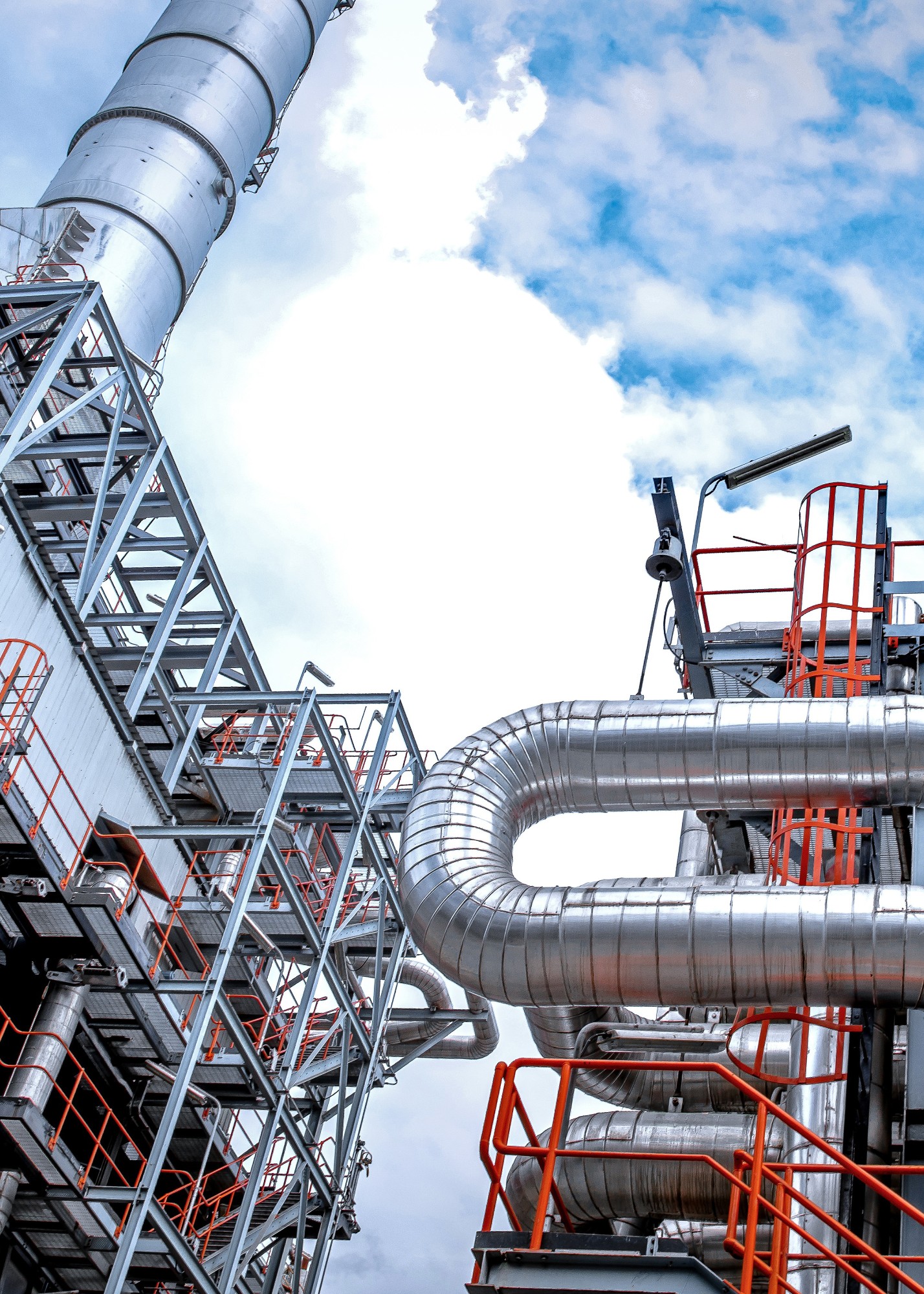The Development Direction of Deodorants in Waste Gas Treatment
China is promoting the relocation and transformation of hazardous chemical enterprises, accelerating the screening of outdated production capacity. Chemical industrial parks can achieve centralized supply and recycling of resources, promoting the development of China's petrochemical industry. The petrochemical industry cluster is the foundation for building a world power in the petroleum and chemical industries. For example, the salt concentration in the raw water of a power plant in Guangdong is only 75.9 mg/L. After reasonable selection of reagents, the plant directly increased the concentration ratio of the circulating water to 10.5, achieving a match between the amount of wastewater discharged and the amount of downstream desulfurization water.
The gradual implementation of zero discharge requirements for wastewater, due to the high cost of subsequent wastewater treatment, if the concentration rate can be further improved to directly match the discharge volume of the circulating water system with the consumption of downstream wastewater, the circulating water system will not discharge wastewater outward, which can greatly reduce the construction cost of zero discharge of wastewater. This is particularly important for power plants with good raw water quality.
Deodorants use plant extraction technology to extract useful ingredients from the roots, stems, leaves, and flowers and fruits of various plants. They have a strong effect under radiation, improve the activity of plant fluids, and can quickly undergo chemical reactions such as polymerization, substitution, displacement, and adsorption with various harmful and odorous molecules. The product is neutral and effective in removing waste gas, odor, and odor.

The analysis results of the effluent from several water treatment plants using activated carbon technology show that 1% of the effluent still contains over standard Escherichia coli. Therefore, the hygiene issues arising from the use of biological activated carbon as a deep treatment process for drinking water have attracted people's attention. Discussions have pointed out that biological treatment should be set in front of the physical and chemical treatment process as a pre-treatment, which can fully exert the biodegradation effect of microorganisms, mitigate the adverse impacts of various water quality changes, and protect the normal operating efficiency of subsequent physical and chemical treatment processes. At the same time, the microbial metabolites, falling organisms, and other particle growth that occur in biological treatment can also be controlled through subsequent processes, thereby increasing the hygiene reliability of drinking water.
Large industrial parks have generally made significant progress in equipment resources, material diversification, stretching the industrial chain, and promoting circular economy. The land use rate, output return rate, and labor productivity of the parks have all significantly improved, and the agglomeration and intensification effect has been significantly enhanced. For China's petroleum and chemical industry, the new era is in a critical period of energy conversion and structural transformation, and the imbalance and insufficient opposition carried out are very prominent. Chemical industrial parks are one of the important means to solve these imbalances and insufficient opposition.
Chemical industrial parks are an important carrier for responding to global changes in the petrochemical industry and improving industry competitiveness. We need to learn from experience and establish new advantages in the industrial chain competition through the construction of chemical industrial parks. Improve resource utilization and reduce costs. Embed the enterprise into the industrial chain, leverage overall advantages, and enhance its ability to resist risks.
The construction of a chemical industrial park aims to implement the concepts of resource conservation and environmental friendliness in park planning, spatial layout, industrial chain planning, energy use, resource utilization, infrastructure, ecological environment, and operation management, so as to make the park have typical characteristics such as intensive, structured, and managed layout. We need to promote the development of products and the establishment of factories in leading industries by enterprises within the park.
The article originates from a deodorant manufacturer http://www.scneng.com.hk
-
06-11
"Environmental Doctor" Du Siyuan: Environmental Protection is a Lifestyle Attitude
There is a Hong Kong compatriot in Jiangmen who often frequents various farms and plantations, walks in mechanical factories, and is seen by others as the nemesis of environmental problems. He conside
-
03-16
Deodorant manufacturer: Deodorants reduce soil pollution
Waste is a chaotic mixture of various components. The accumulation of debris on the surface of soil can cause some chemical reactions, releasing harmful gases, which can lead to soil pollution and eve
-
12-01
Deodorant Manufacturers: Differences between Microbial Deodorants and Traditional Deodorants
The waste that is not needed in our daily life and work is called waste. Due to the large amount of waste discharged and the complex categories, there are great difficulties in reducing waste and deod
-
11-08
Application of Deodorant Manufacturers in Domestic Waste Treatment
Garbage is the waste generated in everyone's daily life and work. Due to its large discharge volume and complex and diverse composition, it poses great difficulties in reducing and deodorizing wa
